Longleaf Pine built soil
The famous plantations of the south were because the Longleaf Pine built soil. The iconic image from the Great Plains is the tall prairie grass where Bison roamed and Indians followed the trail. This same environment was in the southern United States but it looked just a little different.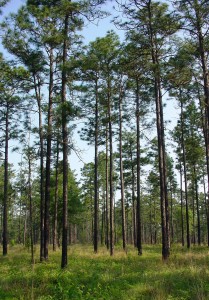 The Longleaf Forests that dominated the landscape with over 90 million acres had a unique environment that was resistant to fire and was the breeding ground for a diverse plant and animal population. Many scientists compared the Longleaf Forests diversity to the Rain Forests of South America.
The Longleaf Forests that dominated the landscape with over 90 million acres had a unique environment that was resistant to fire and was the breeding ground for a diverse plant and animal population. Many scientists compared the Longleaf Forests diversity to the Rain Forests of South America.
The diversity was lost as the Longleaf Forests were logged until there was virtually nothing left. The Longleaf Pine was not replanted due to the fast growth rate of species such as Loblolly Pine. While the Loblolly does have a fast growth rate it does not have the same fire resistance and longevity that Longleaf does.
It is exactly the fire resistance that allows the Longleaf Pine to thrive and build the prairie grasses necessary to build soil. The wide open spaces traditionally found in Longleaf forests and the frequent fires that were present kept Hardwoods at bay and allowed for fire resistant shrubs like the Wax Myrtle. The prairie grasses were allowed to grow in the spaces between the trees and shrubs.
All of these things led to the great animal diversity that the south was known for. The destruction of the forests has caused a drop in pheasants and quail in the south. Also many of the diverse plants no longer have the environment necessary to grow.
The Longleaf Pine is making a comeback due to it’s superior wood and longer pine needles. We can encourage it by planting them in our landscapes and on our farms with the knowledge that it will be the next generation that enjoys the rewards much like Hardwoods.
The soil building properties that the Longleaf Forests created can be generated again if we change our philosophies. As I have talked about before Joel Salatin promotes this type of change. We may never see the south populated with 90 million acres of Longleaf Pines but I think everyone can find a space for some of these trees.
It is a testament to the past and also will provide for the land for the next 500 years. There are not many things that can give you that kind of return and builds such a diverse environment.
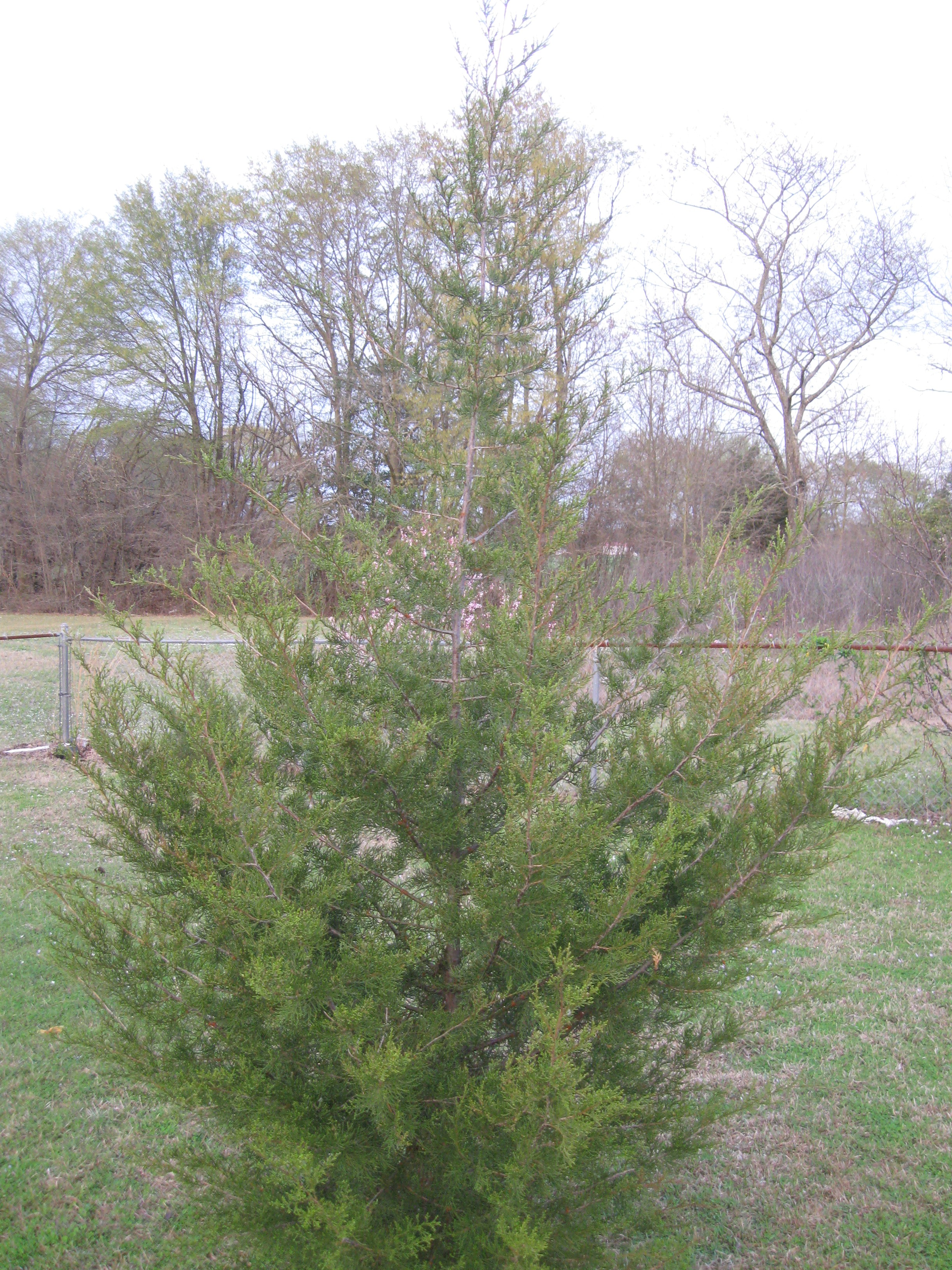
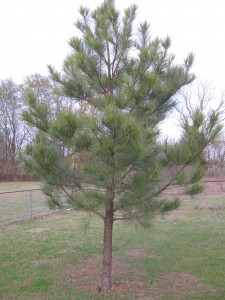
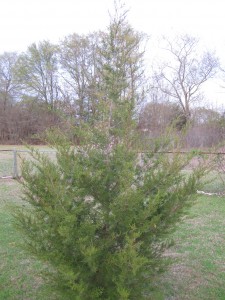
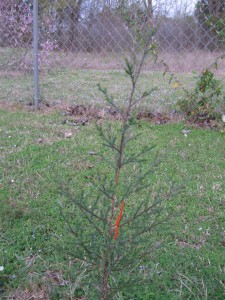
Those are some type of cedar, not longleaf pines.
John,
Upon further examination I believe you are right. The North Carolina Forestry Service sold them to me as 1 year old Longleaf pine trees. Guess I have new excuse to plant some trees this fall. This time Longleaf Pines!
Thanks for pointing that out! I appreciate the feedback.